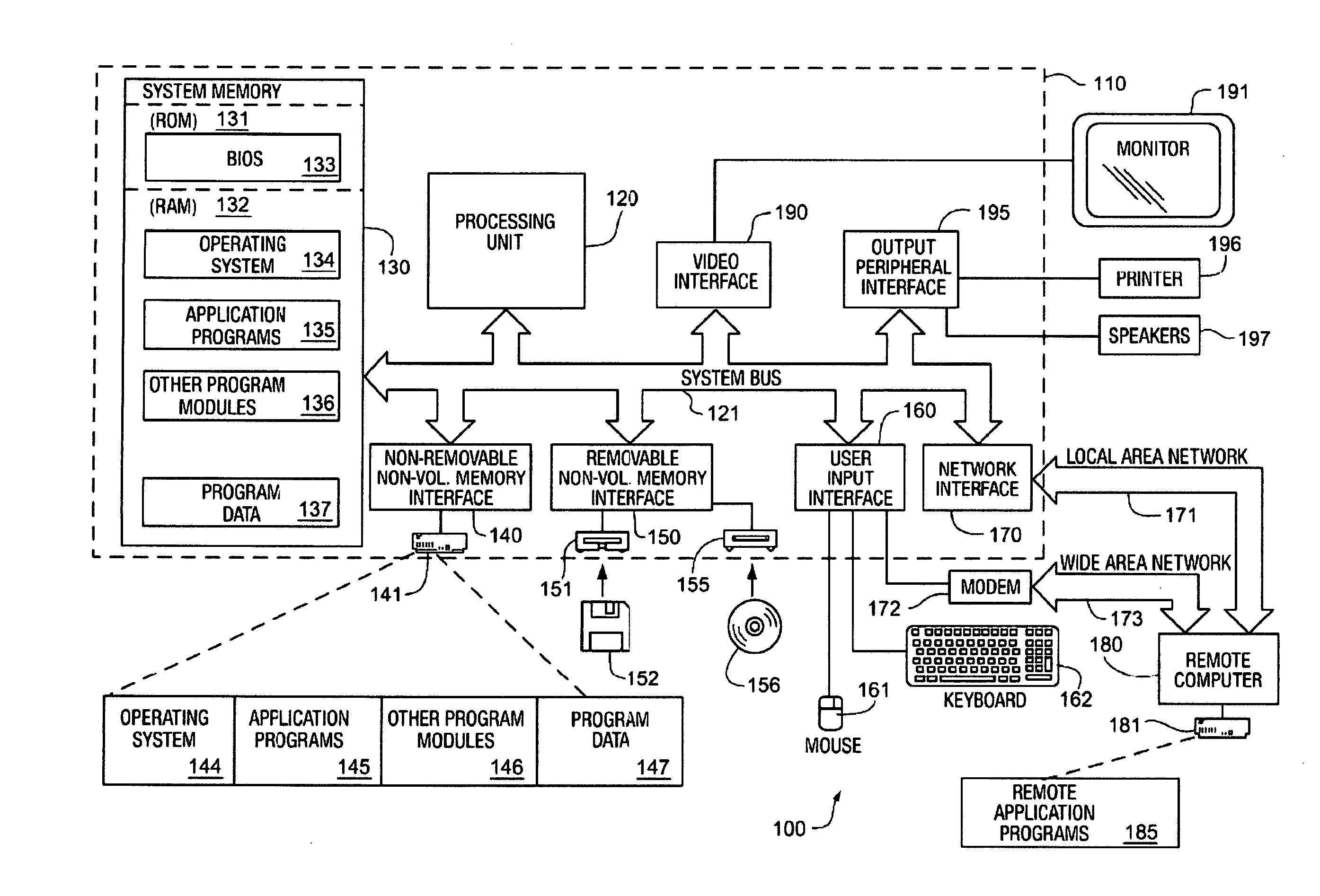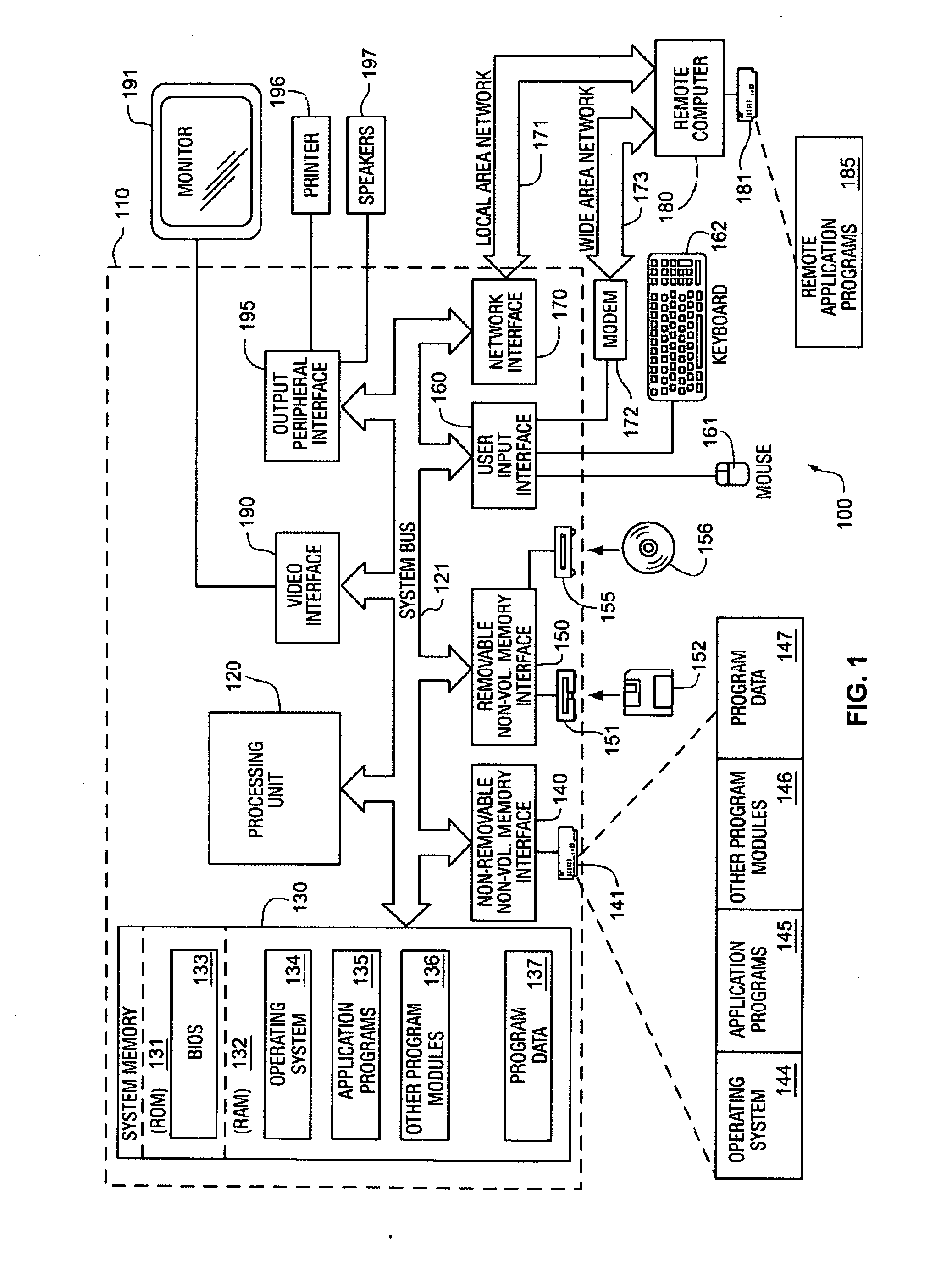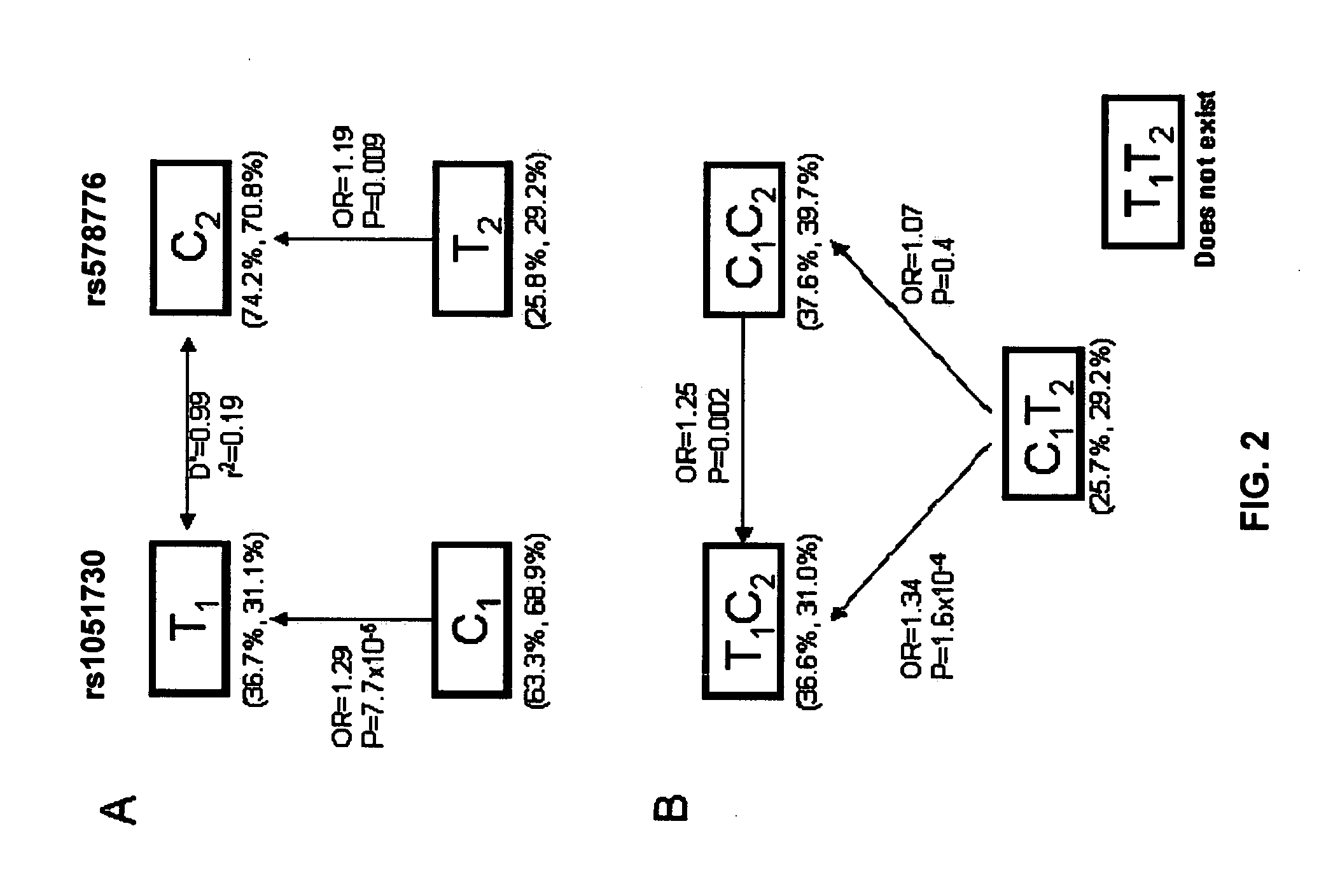Susceptibility variants for lung cancer
- Summary
- Abstract
- Description
- Claims
- Application Information
AI Technical Summary
Benefits of technology
Problems solved by technology
Method used
Image
Examples
example 1
[0293]The following contains description of the identification of susceptibility factors found to be associated with lung cancer (LC) through single-point analysis of SNP markers.
Methods
Subjects
[0294]For all studies involving Icelandic subjects, the study protocols were approved by the National Bioethics Committee (NBC) and the Data Protection Authority (DPA) of Iceland. The DPA encrypted all personal identifiers associated with information or blood samples using the third-party encryption system (Gulcher, J. R., et al., Eur J Hum Genet 8:739-42 (2000)). Overall the Icelandic study involves 10,995 subjects with information on SQ available in the GWA, an additional 2,950 subjects with information on SQ, and 4,203 never-smokers. In the LC study, 665 patients and 28,752 population controls were used (see Table 2 for details).
[0295]Smoking. All Icelandic subjects in the study of smoking-related phenotypes, including Icelandic population controls, were originally recruited for different ...
example 2
[0311]All exons, promoters, and 5′ and 3′UTRs were sequenced for each of the CHRNA5, CHRNA3 and CHRNB4 genes in the nicotinic acetylcholine receptor subunit cluster in a sample of lung cancer patients (n=184), nicotine dependent smokers (n=176) and low quantity smokers (n=175). The regions that were sequenced are indicated in Table 5. In total, 111 variants were found, 47 of which were not present in dbSNP129. A full description of all variants is found in Table 6, including position, alleles, frequency and possible functional significance. Statistical analysis focused on 50 variants with minor allele frequencies greater than 1%. Results of this analysis are found in Table 7. Given the strong established effect seen with rs1051730, we expect to find significant results for this SNP and correlated SNPs. P-values which include an adjustment for the effect of rs1051730 are thus also included in the table.
[0312]We examined linkage disequilibrium (LD) among these polymorphisms in order t...
PUM
| Property | Measurement | Unit |
|---|---|---|
| Fraction | aaaaa | aaaaa |
| Fraction | aaaaa | aaaaa |
| Fraction | aaaaa | aaaaa |
Abstract
Description
Claims
Application Information
 Login to View More
Login to View More - R&D
- Intellectual Property
- Life Sciences
- Materials
- Tech Scout
- Unparalleled Data Quality
- Higher Quality Content
- 60% Fewer Hallucinations
Browse by: Latest US Patents, China's latest patents, Technical Efficacy Thesaurus, Application Domain, Technology Topic, Popular Technical Reports.
© 2025 PatSnap. All rights reserved.Legal|Privacy policy|Modern Slavery Act Transparency Statement|Sitemap|About US| Contact US: help@patsnap.com



